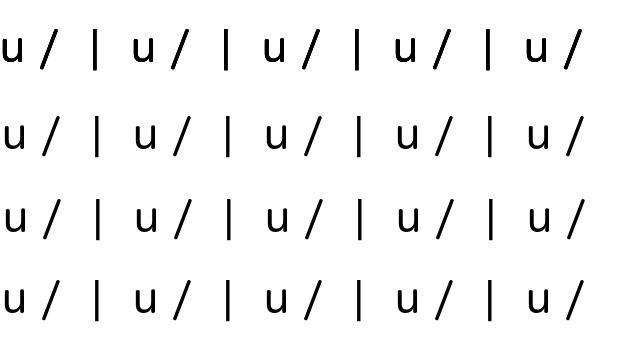Writing
This is a novel that I started in college. The story follows a young man who decides to leave his home, picking the direction of the setting sun and walking in a straight line. When he reaches the horizon on a boat, and watches as the coin-sized sun slips into the thin line where the sea meets the sky. He decides to follow, opening the horizon and crawling through. The world he discovers is unlike anything he's ever known: terrifying, complex, sometimes comedic, and twisted, the strange new world is at the same time somehow very familiar.
Short story: Sam Matthews, a graduate art history student, one day finds a strange physical anomaly in his living room: there appears to be a mirror from floor to ceiling, wall to wall in the middle of the room. However, there is no such mirror, as he discovers when he walks into the reflected side of the room. Looking back, the line of reflection is gone, and Sam now has to learn to survive in an entirely mirrored universe.
This collection of poems is something akin to a dream journal: every night for a few weeks, as I was going to sleep, I would let my mind wander and create whatever fantastical imagery came to mind. The next day, I would try to capture whatever I was picturing as accurately as possible in verse. Always set on a stage, these tableaus include warriors, hunters, dancers, giant leeches, bombastic music, snakes that tell riddles, and much more.
I often try incorporate math in my poetry, but have not yet made an official collection of mathematical poems. I have used a random number generator to construct a poem, as well as written a poem generating program for a technical assessment. I have also written on mathematical themes, infinity being the most obvious and metaphorically rich choice. I want to experiment more with auto-generated poems, and will likely start with Markov chains then move to real machine learning.
Form poetry, or empty form poetry, is a method of writing verse that I came up with in college and has been one of my favorite ways to write. Somewhere between traditional forms and free verse, the basic process is this: the writer initial writes in scansion (denoting the meter first), and only after an appealing rhythm for the entire poem has been placed is he or she allowed to then fill in the words. Click for some fun examples!
I have only written one poem that implements this idea, but I think it is worthy of more exploration. Basically, I decided to write a poem using traditional rhyming scheme, but changing the definition of what "rhyming" meant. Instead of similar sounds constituting rhymes, I tried to use words that meant similar things, regardless of whether they actual rhymed. A neat constraint, and certainly one that makes for an enjoyable writing process.
In my creative writing class in college, one assignment was to write a few ekphrastic poems (poems on other forms of art). I just so happened to be going to see a Stuart Davis painting (pictured here) at a museum that really inspired me. I really wanted to capture Davis' use of uverlapping using lines of verse instead of shapes. After much thinking, I came up with a method that I really liked, and the resulting poem is one of my favorites.
Most of my poetry is written whenever I feel I have an idea worth writing down, and rarely do I ever compile them into collections. So, I put some of my favorites on this page and talk about a few of them. On this page, there is also a link to a more comprehensive body of my poetry.








